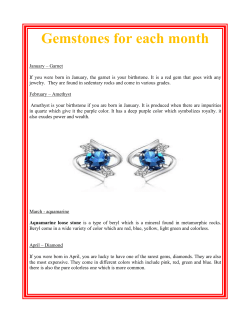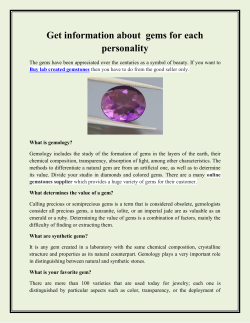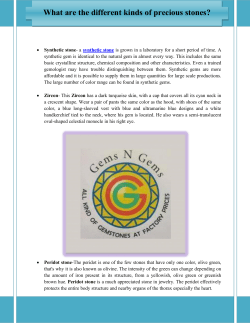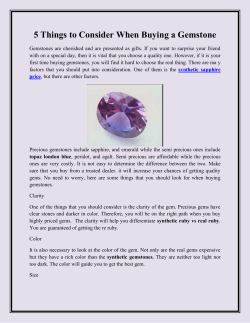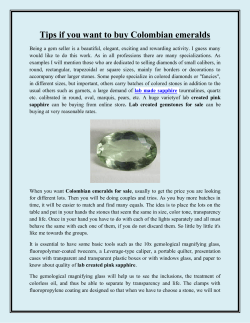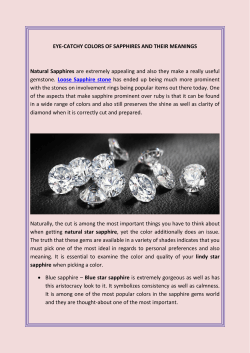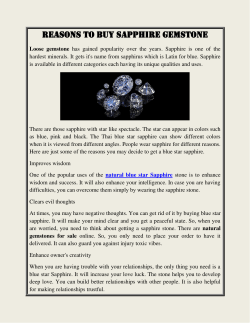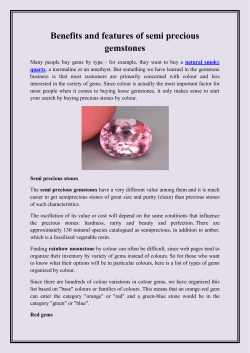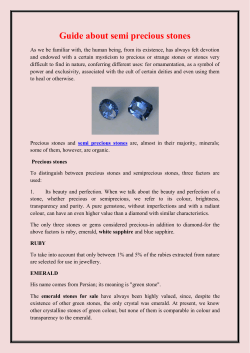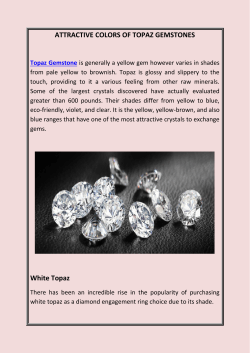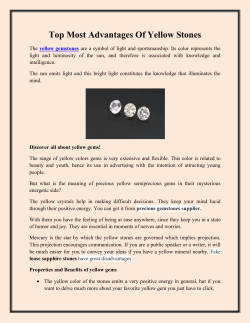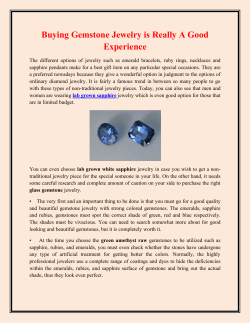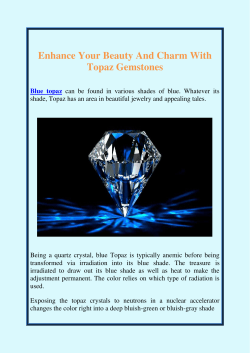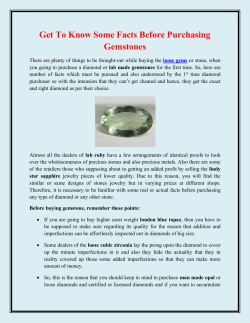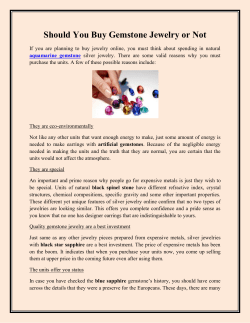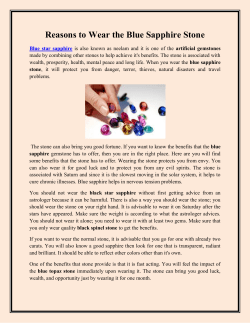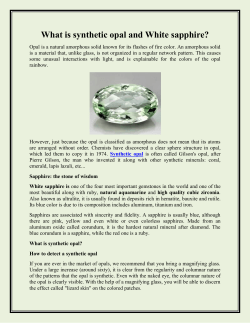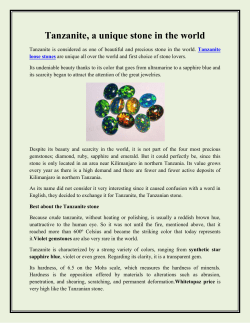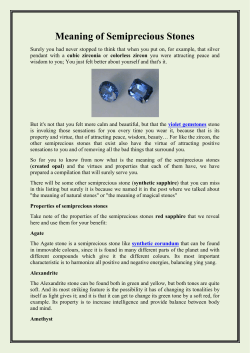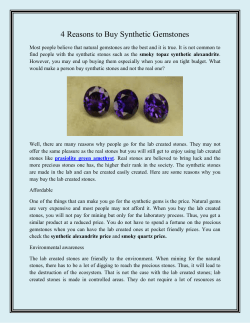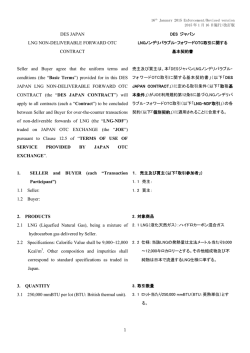
What are natural gems, treated, synthetic and imitations
What are natural gems, treated, synthetic and imitations? These terms come to define the way we have to find a gem; we can buy it loose, we can have bought it already assembled in a jewel, natural rainbow moonstone can even come from a long time ago from an old piece; we will always have the certainty that natural smoky quartz may be any of the possibilities found before. This nomenclature has always been confusing, sometimes due to ignorance of the seller and others due to intentional omission; that's why one should keep insisting that the main quality that should be sought from a jeweler should be trust as there are natural gemstones for sale. Natural gem: It's clear! Is not it, any natural pink tourmaline without mediating at all the hand of the man, except in its extraction? Gem treated: Here the mess begins a little; by definition it is any treatment given to natural London blue topaz to improve the characteristics of the loose gemstone that give it beauty, usually color and transparency. However, here comes a nuance that is what makes mystic topaz more complicated ... there are some treatments allowed and others not; these differences are "legalized" by the international organisms of gemology and jewelery. The difference between one and another supposes the "obligation" of the seller of opals as there are opals for sale. For example, natural blue star sapphire treated by heating will be allowed and in fact practically all the gems are treated as origin, however that same sapphire treated by diffusion. It will be considered a gem of much lower value and the seller must market it as sapphire dissemination and explain the origin of that name. Of course in the end everything is based on the price of the stone; and one should not be considered cheated if the price of the gem really corresponds to the material sold, although ethically the seller must always say it, it should be noted following the previous example that a sapphire diffusion should cost around 4-5 times less than a sapphire heated, both come from natural corundums but one of them is "accepted" and the other is not. Synthetic gem: It is the lab created emerald with the same chemical characteristics as the natural blue star sapphire. Gem of imitation: Here the three previous coexist basically; Imitation stones can be any stone that by its physical properties can be exchanged with another because it resembles a gem of a much higher value. The best known example is that of the Zirconia (synthetic gem) which the most common imitation of the diamond is. For those who want to know more exhaustively all the possibilities of each definition there are the treaties of gemology in which you can see virtually all types of gems, their treatments, their synthesis and which gem can imitate another, it should be noted that as a science of the nature that is, is in continuous development and research and many new developments arise every year. I hope that all this information has clarified something, although it seems a bit "traumatic" the fact that many of the gems that we thought were not so natural does not mean they have no value or that they have deceived us, as I said above everything depends on the professionalism of the seller.
© Copyright 2024
